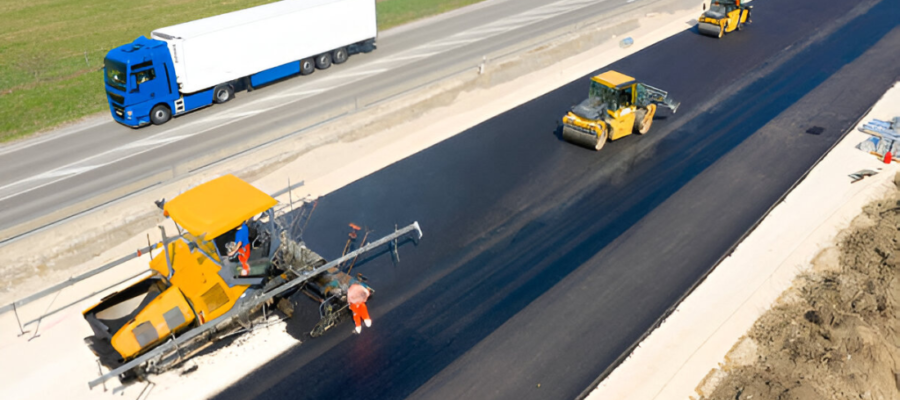
In the perpetual pursuit of smoother, safer, and more durable roads, innovative road surface treatments have emerged as game-changers in the realm of transportation infrastructure. Among these, microsurfacing—an advanced pavement preservation technique—has gained significant traction for its ability to rejuvenate aging road surfaces and extend their lifespan. At the heart of this transformative process are microsurfacing emulsion providers, whose expertise and cutting-edge materials play a pivotal role in enhancing road quality and performance.
Understanding Microsurfacing: A Brief Overview
Before delving into the role of microsurfacing emulsion providers, it’s essential to grasp the fundamentals of microsurfacing itself. Microsurfacing is a cost-effective pavement maintenance technique that involves the application of a slurry mixture composed of polymer-modified asphalt emulsion, aggregate, water, and additives onto existing road surfaces. This thin layer seals cracks, waterproofs the surface, restores skid resistance, and provides a smooth driving experience—all without the need for extensive road reconstruction.
The Crucial Role of Microsurfacing Emulsion Providers
Microsurfacing emulsion providers serve as catalysts for the widespread adoption of microsurfacing techniques. These specialized suppliers play a multifaceted role in the microsurfacing process, offering a range of high-quality emulsions and additives tailored to meet the diverse needs of road maintenance projects. From formulating emulsions with specific viscosity and curing properties to incorporating additives for enhanced durability and performance, these providers leverage their expertise to deliver customized solutions that optimize the effectiveness of microsurfacing treatments.
Innovative Materials for Enhanced Performance
At the heart of microsurfacing lies the emulsion—a key component responsible for binding the aggregate and forming a durable surface layer. Microsurfacing emulsion providers continuously innovate, developing emulsions with enhanced properties to address the evolving demands of road maintenance. Advanced polymer-modified emulsions, for instance, offer superior elasticity and adhesion, ensuring long-lasting performance even in harsh environmental conditions. Additionally, emulsions formulated with specialized additives, such as fibers or rejuvenators, further enhance the resilience and longevity of microsurfacing treatments.
Environmental Sustainability and Cost Efficiency
In an era marked by growing environmental consciousness and fiscal responsibility, microsurfacing emerges as a sustainable and cost-effective solution for preserving road infrastructure. Microsurfacing emulsion providers play a crucial role in promoting sustainability by offering emulsions that minimize energy consumption, reduce material waste, and lower greenhouse gas emissions compared to traditional road rehabilitation methods. Moreover, the extended service life provided by microsurfacing treatments translates into significant cost savings over the lifespan of road assets, making it an economically viable option for municipalities and transportation agencies.
Conclusion: Driving Towards a Smoother Future
As the global demand for efficient and resilient transportation networks continues to rise, the role of microsurfacing emulsion providers becomes increasingly indispensable. By supplying innovative materials and expertise, these providers empower communities to revitalize aging road surfaces, improve safety, and enhance the overall quality of transportation infrastructure. As we navigate towards a smoother, more sustainable future, microsurfacing emulsion providers stand as vital allies in the journey towards safer, more resilient roads.
- April 8, 2024
- By: admin
- Category:Micro Surfacing Emulsion, Micro Surfacing emulsion supplier in Maharashtra
- no comments
- Tags: Micro Surfacing EmulsionMicro Surfacing Emulsion dealers in Maharshtra
Related Posts




